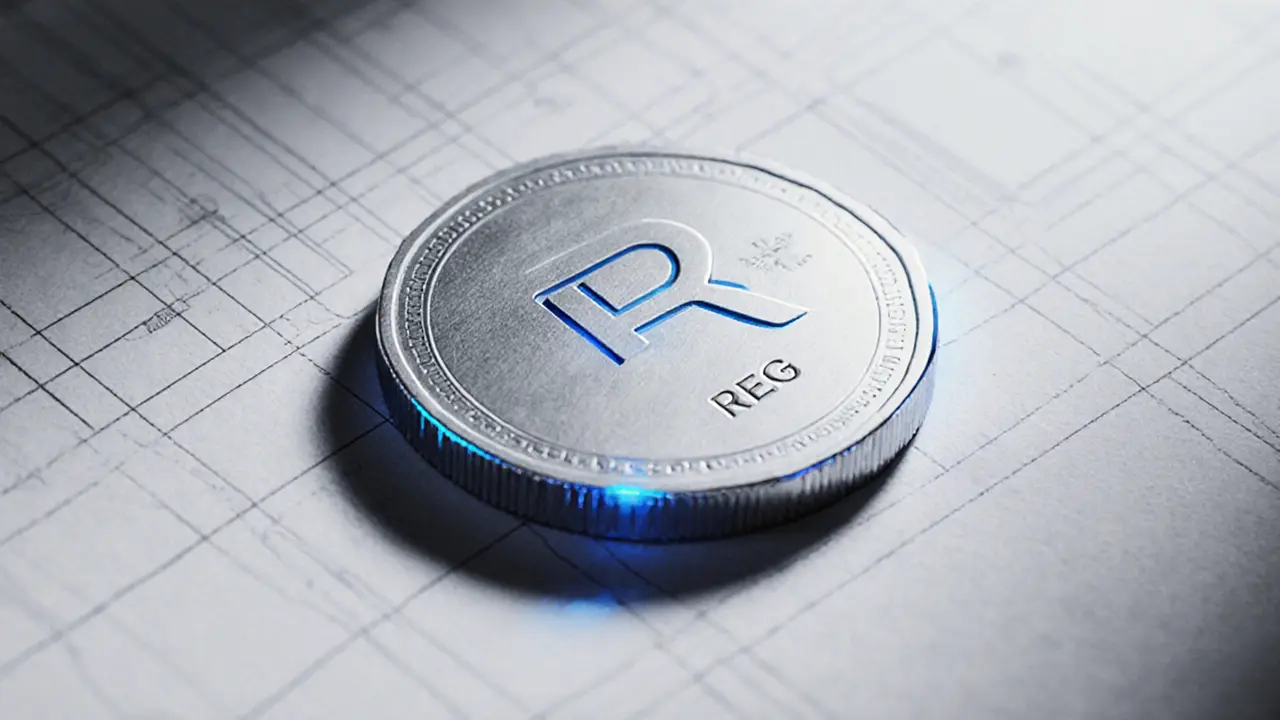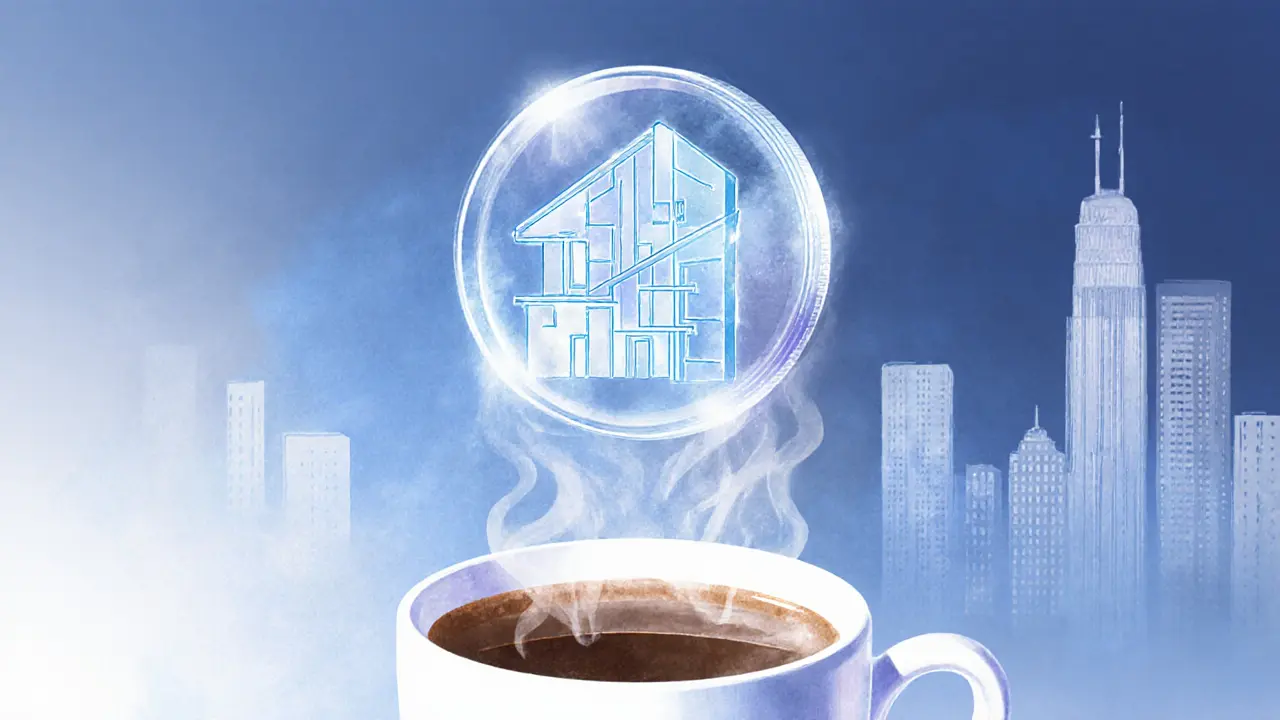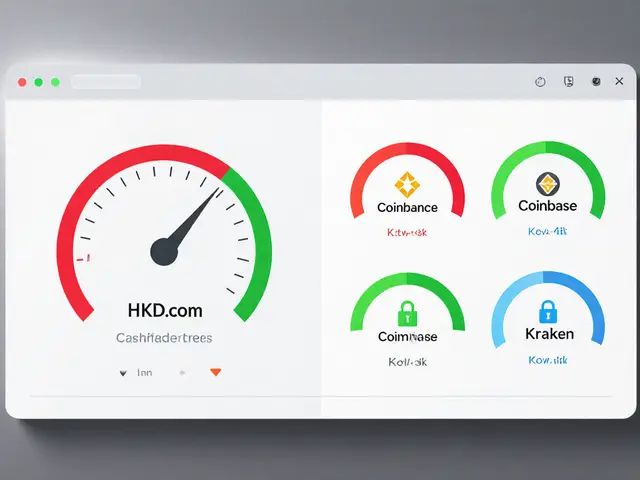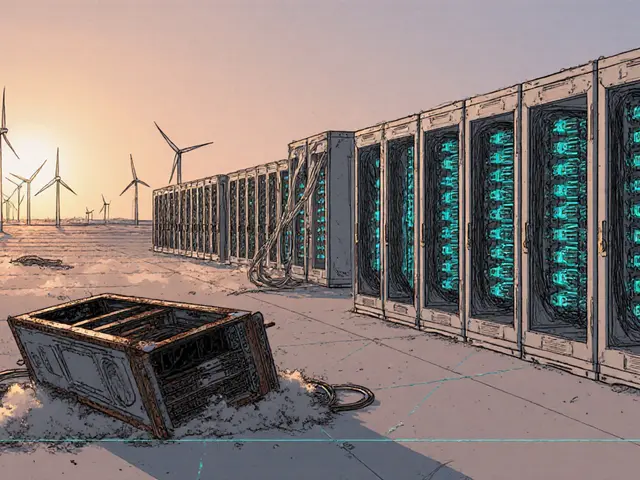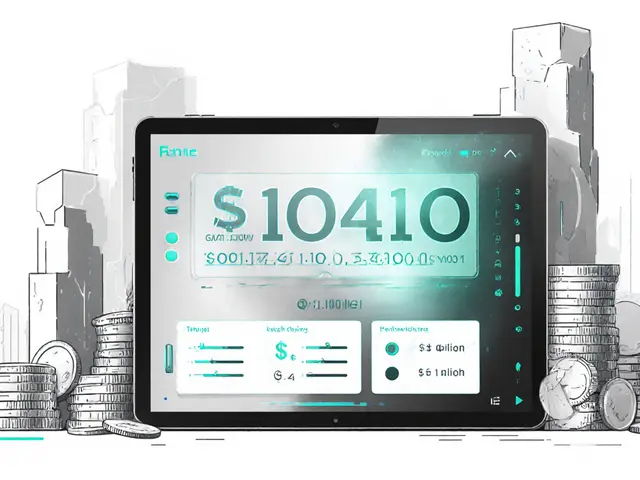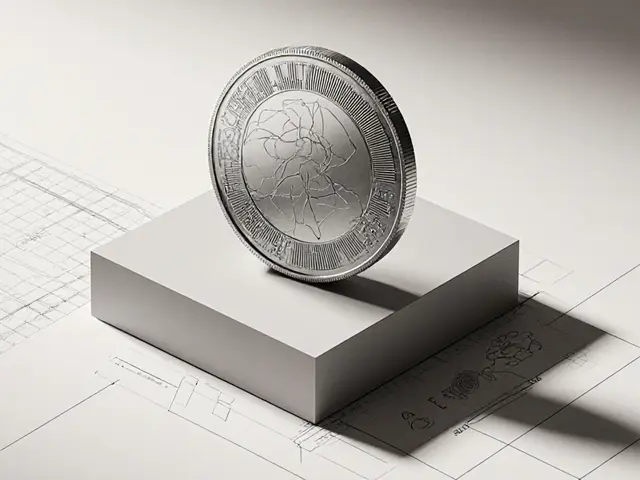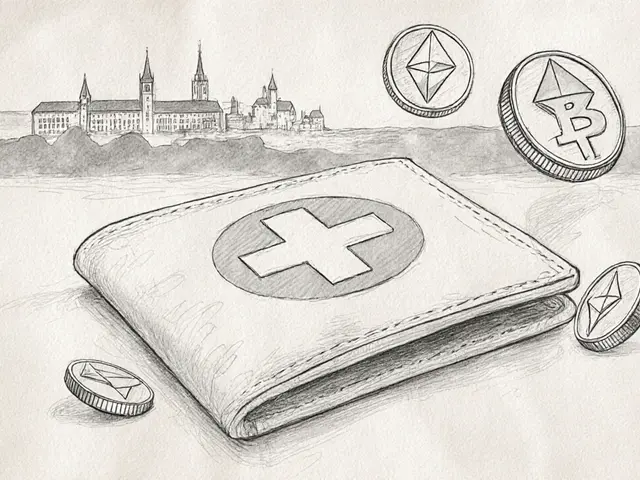Blockchain Real Estate: How Tokenization, Smart Contracts, and NFTs Are Changing Property Investment
When working with blockchain real estate, the use of blockchain technology to represent, transfer, and manage real‑world property rights. Also known as digital property ownership, it lets investors buy, sell, or lease property pieces without the traditional paperwork and middlemen. The market has already seen multi‑million‑dollar deals where a single office tower was split into thousands of tokens, giving everyday people access to assets that once required deep pockets.
One core driver is tokenization, the process of converting a physical asset into digital tokens on a blockchain. Tokenization requires smart contracts, self‑executing code that enforces ownership rules automatically to lock property titles, manage payments, and trigger transfers. When smart contracts enforce token rules, property NFTs, non‑fungible tokens that represent unique parcels or shares of real estate become a natural way to certify each token’s provenance. Together, these tools enable fractional ownership, where dozens or hundreds of people can hold a slice of a commercial building, a vacation home, or even a plot of undeveloped land. This lowers entry barriers, boosts liquidity, and adds a transparent audit trail that traditional registries often lack.
In practice, blockchain real estate encompasses tokenization of property, and tokenization requires smart contracts to verify deeds. Smart contracts also power property NFTs, which in turn enable fractional ownership. This chain of connections lets DeFi platforms accept real‑estate tokens as collateral, opening new liquidity streams for investors. For example, a tokenized office space can be pledged on a lending protocol, earning yields while the building continues to generate rent. Marketplace apps let token holders trade their slices 24/7, bypassing slow escrow processes. Regulatory frameworks are catching up – many jurisdictions now recognize blockchain‑based land registries, and compliance tools are emerging to verify KYC/AML on every token transfer.
Looking ahead, cross‑chain bridges are bringing real‑estate tokens onto multiple networks, so a single property can be accessible to Ethereum, Solana, and Polygon users alike. AI‑driven valuation models are being baked into smart contracts, automatically adjusting token prices based on rental income, occupancy rates, and market trends. Sustainable building projects are also issuing green‑linked tokens, allowing investors to fund eco‑friendly construction and earn carbon‑credit rewards. These trends show that blockchain real estate is not just a niche experiment; it’s becoming a core layer of the broader digital asset economy.
What You’ll Find Below
The articles below dive deep into tokenized land projects, NFT‑based lease agreements, and the latest regulatory updates shaping blockchain real estate worldwide. You’ll get step‑by‑step guides on creating property tokens, case studies of successful fractional ownership platforms, and analysis of how DeFi is leveraging these assets for new yield opportunities. Explore the collection to see practical tools, real‑world examples, and actionable insights you can start applying today.
RealToken Ecosystem Governance (REG) Token Explained - What It Is, How It Works, and Why It Matters
Learn what REG token is, how it powers the RealToken ecosystem, where to trade, earn, stake, and the risks involved-all in one clear guide.
View MoreTop Real Estate NFT Platforms & Projects to Watch in 2025
Explore top real estate NFT platforms, learn how tokenization works, compare features, and get a step‑by‑step guide to start investing in fractional property assets.
View More